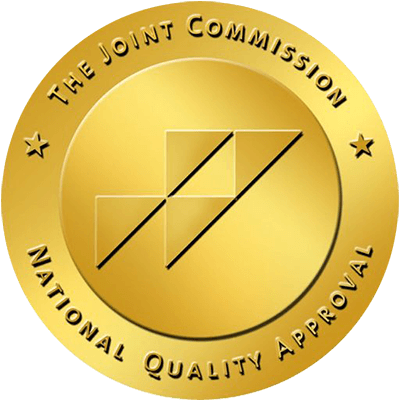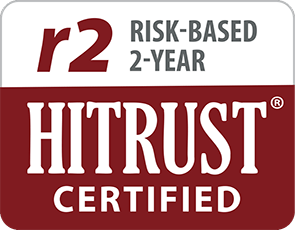Written by Ashley Kane,
Brightside Health
7 Minute Read

Medically reviewed by:
Jen Miller, PMHNP-BC
PMHNP Director
10 Minute Read

Zoloft is the brand name for the drug sertraline, which is a selective serotonin reuptake inhibitor, or SSRI. Zoloft is an antidepressant and is commonly prescribed for the treatment of depression, but it can also be used to relieve symptoms of anxiety as well.
When you use Zoloft properly, it may be highly effective at bringing you relief from your symptoms, and it is important to be patient when using Zoloft as it can take several weeks for the effects to be felt.
Whether you are just starting to take Zoloft, your provider has recommended Zoloft, or you’re wondering if Zoloft might be a good fit for you, this guide to using Zoloft for anxiety and depression has all of the information you need.
Remember that only a mental health practitioner can prescribe Zoloft for depression or anxiety. Brightside Health providers are available to help you—with appointments available within 48 hours.
Want to speak 1:1 with an expert about your anxiety & depression?
What is Zoloft? How does it work?
Many individuals report that Zoloft helps their anxiety and depression. Selective serotonin reuptake inhibitors such as Zoloft work in your body by preventing the reabsorption of serotonin, and the prevention of this process results in higher levels of serotonin available for use in your brain.
Serotonin is one of many chemicals that have been associated with depression, anxiety, panic, and obsessive-compulsive symptoms, and these symptoms are thought to be correlated with an imbalance of neurotransmitters like serotonin.
Zoloft is FDA-approved for the treatment of:
- Depression
- Obsessive-compulsive disorder (OCD)
- Panic disorder
- Social anxiety disorder
- Post-traumatic stress disorder
- Premenstrual dysphoric disorder
Your provider may also recommend Zoloft to treat other mental health conditions.
Like many forms of prescription antidepressant medication, Zoloft can cause some mild side effects, which are often only temporary. Some individuals have no side effects at all.
Common side effects associated with Zoloft include:
- Drowsiness or tiredness
- Agitation
- Sweating
- Shaking or tremors
- Sleep disturbances, such as difficulty falling asleep
- Decreased sex drive or other sexual problems
When you begin taking Zoloft, you should make sure to consult your provider if you experience any new or worsening symptoms, such as:
- Changes in your mood or behavior
- New or worsening anxiety and new or worsening panic attacks
- Impulsivity, irritability, aggression, or hyperactivity
- New or worsening depression
- Suicidal thoughts or thoughts about harming yourself
Part of using your medication properly involves making sure that you speak to your provider if you are experiencing side effects that concern you, or that indicate that your body may not be tolerating your medication. Abruptly stopping Zoloft may result in withdrawal symptoms that may be serious.
If a change in dose or a change in medication is necessary, your provider will work with you to come up with a tailored treatment plan regarding this shift.
How do I use Zoloft for anxiety and depression?
When it comes to how you should be taking Zoloft, it is especially important to make sure that you are carefully following any specific instructions that your provider gives to you. Your provider may provide you with directions that pertain to your specific situation and needs, and these directions may differ slightly from instructions that are provided on the medication guide or the label of the drug itself, so you should first and foremost make sure to listen to your provider.
Your dosage may depend on a number of factors, including drug interactions with other medications and the details of your primary diagnosis.
If your provider simply instructs you to abide by the instructions on the drug label, you should carefully read and follow the proper usage guidelines on the label of your medication. Take care not to take too much or too little of your medication, and make sure you are taking your dose at the appropriate frequency, too. Pay attention to instructions on the best time of day to take Zoloft for anxiety or depression.
There are some general guidelines to follow for proper usage of Zoloft regardless of your specific instructions. Zoloft can generally be taken with or without food, and it is often recommended to take your dose once a day. Typically, the dose will not exceed 200 milligrams per day, but if your dose needs to be adjusted your provider will work with you to do so.
Like many other antidepressants, Zoloft may take 4 to 6 weeks to begin producing noticeable improvements in your symptoms. This is because it can take some time for the drug to build up in your body and produce its full effects, and this is why patience is key. Once the medication gets fully into your system, you will have a better idea if Zoloft is good for your anxiety, or if a change is indicated.
If you have questions about this process or if you believe that your medication is not working for you, you should consult your provider to see if you should wait it out or if a change in dosage or medication is necessary. Typically, your provider will start you out on a dose that is towards the lower end of the range and if this dose does not work for you, your provider will slowly increase it.
If you think you could benefit from anxiety and depression medication, Brightside Health is here to offer you the care you deserve, with unlimited access to psychiatric experts, evidence-based therapy, and data-driven prescribing—all from the comfort of your own home.
Medication can even be delivered right to your doorstep, making treatment easier and more accessible than ever.
If you are ready to get started on the path to feeling a little more like yourself again, you can get started today. Start with a free assessment.
The bottom line
Zoloft is an antidepressant that is commonly prescribed for the treatment of depression, generalized anxiety disorder, panic disorder, and other anxiety disorders. Zoloft is the brand name for sertraline, and it belongs to the class of drugs known as selective serotonin reuptake inhibitors. Selective serotonin reuptake inhibitors work in your body by preventing the reabsorption of serotonin from taking place, and this, in turn, results in higher levels of serotonin in your brain which can work to bring you relief from your symptoms.
When it comes to using Zoloft properly, you should always take care to follow any specific instructions from your provider, as well as any instructions that are included on the label of your medication. Taking too much or too little of your medication, or taking your medication too often, can result in adverse effects.
If you ever have questions or uncertainties about your medication, consult your provider for clarification.
Sources:
Sertraline | Michigan Medicine














